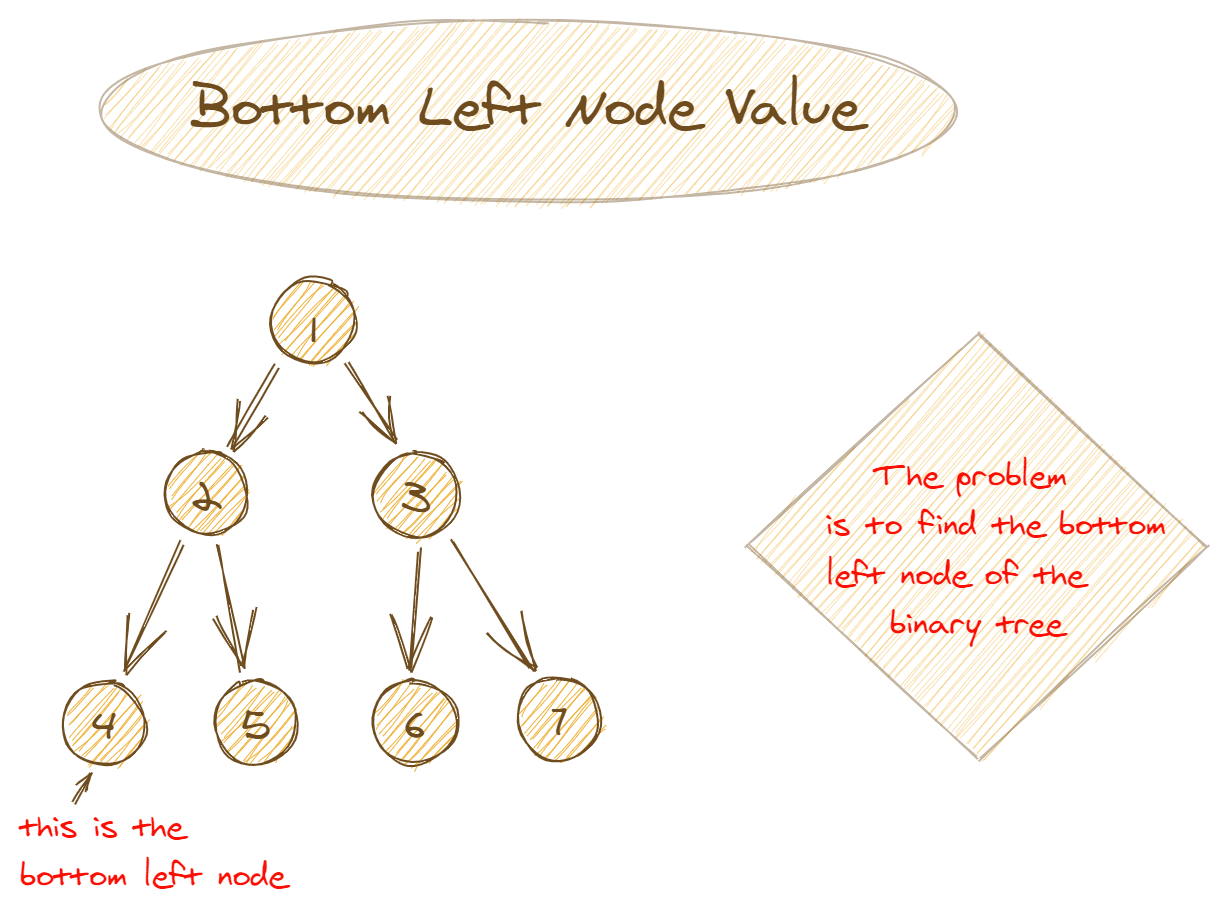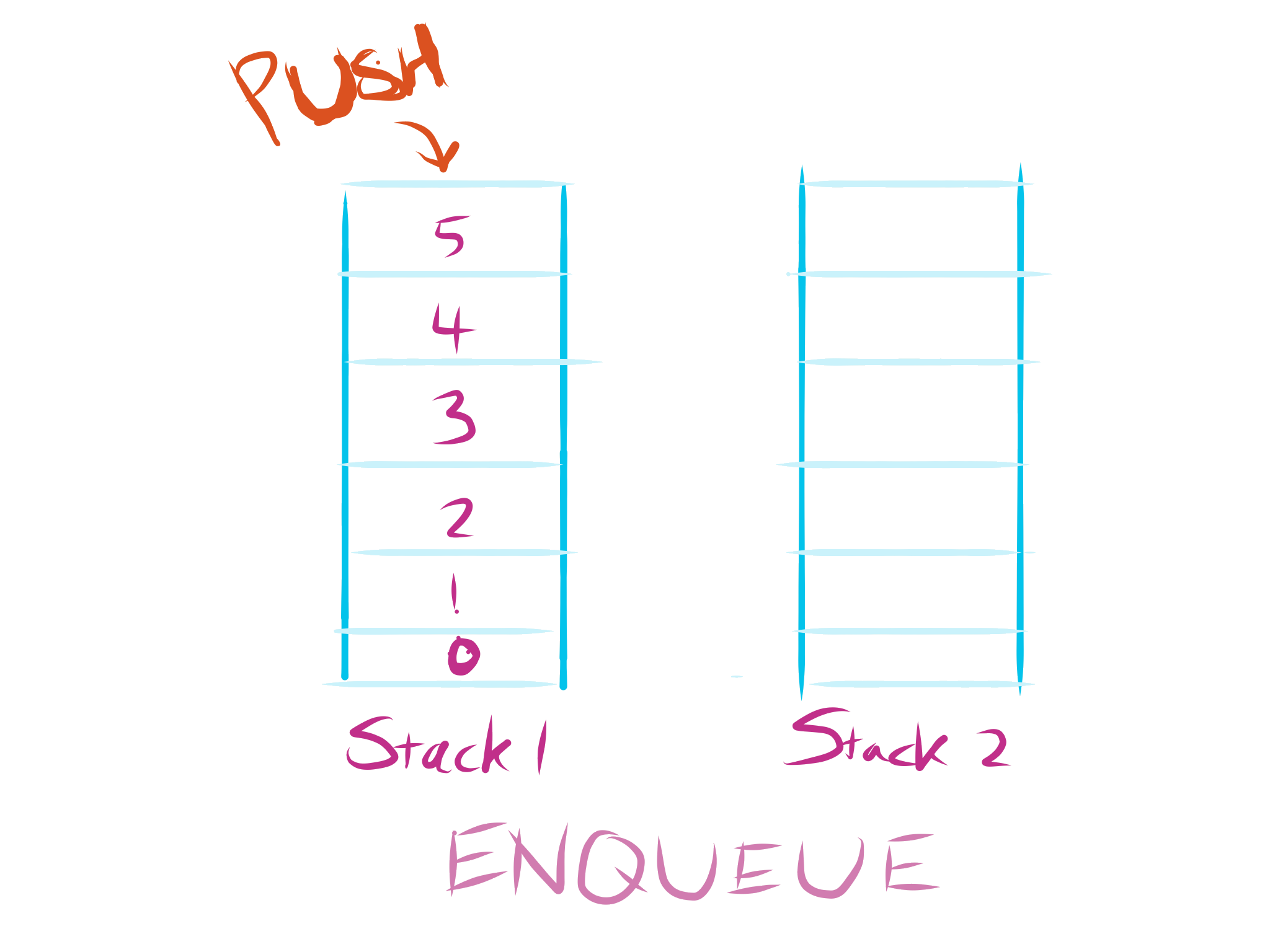
Queues Interview Questions
In this section, we'll look at how queues work and how to use them in your interviews and in writing programs.
Queues work by storing data items in the order they arrive, and removing or processing them in the same order. This is known as first-in, first-out (FIFO) processing. They have many different uses, but developers often find them especially useful when it comes to doing some work in order, or in the background while keeping the main program/thread unblocked. They're very similar to stacks, which are LIFO (last-in, first-out) structures.

Section Menu
How do I use this section?









